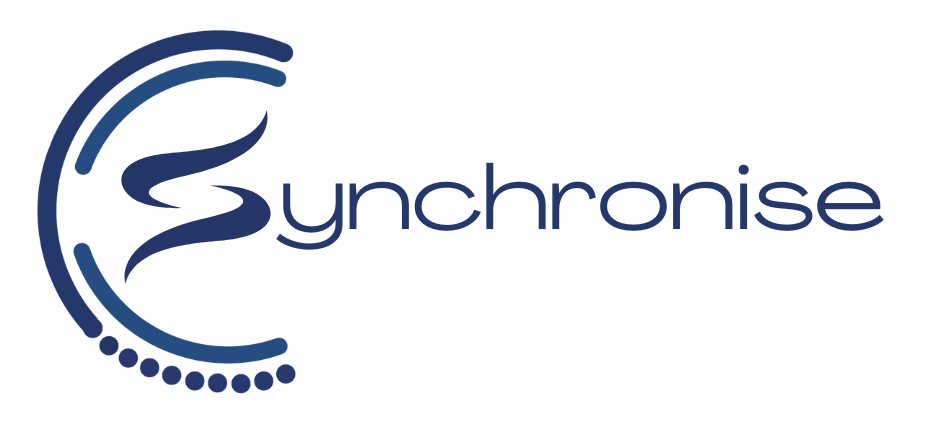After a period of heightened wage growth driven by inflation and labour market pressures, 2025 is shaping up to be a year of moderation—but not stagnation. While the rapid increases seen in late 2023 and early 2024 are expected to ease, wages are still on track to grow at a rate above the long-term average. For employers, employees, and job seekers alike, understanding the drivers of wage movement is essential in navigating salary expectations, negotiations, and workforce planning.
Here’s a breakdown of the current outlook and what to watch:
Overall Wage Growth
- According to the Australian Bureau of Statistics (ABS), total wages and salaries grew by 5.8% in the year to March 2025. This reflects total compensation paid by employers and includes bonuses, which were particularly strong in sectors like Mining, Wholesale Trade, and Financial and Insurance Services.
- The Wage Price Index (WPI)—which excludes bonuses and focuses on changes in hourly pay—recorded 3.4% annual growth in the March 2025 quarter, slightly up from 3.2% in December 2024 but still lower than the 4.0% peak seen a year prior.
- Treasury forecasts suggest WPI growth of around 3% by June 2025, increasing modestly to 3.25% by June 2026.
- The Reserve Bank of Australia (RBA) anticipates a gradual easing in wage growth, projecting a decline to 3.4% in 2024–25, softening further to 3.1% by the end of 2026.
Key Factors Influencing Wage Growth
- Labour Market Conditions
The once-tight labour market is expected to ease slightly. The unemployment rate is forecast to increase to around 4.5% during 2024–2026, which could lead to more restrained salary increases as competition for talent diminishes in some sectors.
- Inflationary Pressures
With inflation moderating and expected to return to the RBA’s target range (2–3%) by mid-2025, wage expectations are likely to stabilise. Lower inflation can relieve pressure on employers to deliver large wage hikes to offset cost-of-living concerns.
- Productivity and Real Wages
Forecasts show real wages (wages adjusted for inflation) increasing by 0.5% in 2024–25 and 0.25% in 2025–26. However, these gains are modest and depend heavily on improvements in productivity. Weak productivity growth could put downward pressure on future wage outcomes.
- Public vs. Private Sector
In the March 2025 quarter, public sector wages grew by 3.6%, slightly ahead of the 3.3% growth in the private sector. While private sector wages continue to be the main driver of overall wage growth, public sector pay trends are playing an increasingly influential role, particularly given government efforts to address wage compression in essential services.
- Industry-Level Disparities
Not all industries are created equal when it comes to wage growth. In the year to March 2025:
- Electricity, Gas, Water and Waste Services led the pack with 11.9% growth.
- Mining followed with 3.7%.
- Strong wage growth was also recorded in Education & Training, and Healthcare & Social Assistance.
These variations highlight the importance of sector-specific dynamics, such as skills shortages, bargaining power, and regulatory influence.
- Minimum Wage Decisions
The Fair Work Commission’s annual minimum wage ruling, due in April 2025, will affect many award-reliant workers and shape the September WPI figures. This decision remains a key policy lever for lower-income wage growth.
- Enterprise Bargaining Trends
New enterprise bargaining agreements (EBAs) negotiated in the December 2024 quarter delivered an average annual increase of 4.8%. However, the broader contribution of EBAs to overall wage growth has tapered, reflecting a shift towards individual and informal arrangements in some sectors.
What Can Employers and Employees Expect?
Slower, Yet Sustainable Growth
Wage growth is forecast to continue, but at a more moderate and sustainable pace. While the heady highs of 2023–24 are unlikely to return, workers can still expect incremental gains.
Modest Real Wage Recovery
After a tough period of real wage stagnation or decline due to inflation, 2025 may bring modest real wage growth, providing some relief for household budgets.
Employer Salary Strategies
Salary budgets are generally expected to remain flat or modestly increased. Employers are likely to maintain a conservative but consistent approach to remuneration, balancing talent retention with economic caution.
Continued Competition in Key Sectors
High-demand industries—particularly those facing acute skills shortages or public sector reform—may still experience above-average wage increases. For candidates in these sectors, bargaining power remains strong.
What Does This Mean for You?
Whether you’re an employer navigating talent retention or a professional planning your next career move, understanding wage trends is more than just number-watching — it’s about making informed decisions.
For employers:
- With wage growth easing but still above the long-term average, it’s essential to review salary structures and ensure they remain competitive—especially in high-demand sectors.
- Offering flexible work, professional development, and clear career pathways can complement base salary and help with retention in a cautious salary environment.
- Budgeting for modest increases in 2025 will be key, particularly where inflationary pressures are easing but skills shortages persist.
For employees and job seekers:
- While large pay rises may be less common in 2025, real wage gains are back on the horizon. Now is a good time to reassess your value, upskill, and be prepared to negotiate smartly—particularly if you’re in a growing or in-demand industry.
- Don’t underestimate the value of non-monetary benefits. Flexibility, stability, and professional growth opportunities are increasingly important in today’s employment landscape.
Our Final Thoughts
While the pace is slowing, Australia’s wage growth story in 2025 is far from over. The shift from rapid increases to steady, sustainable growth reflects a maturing post-COVID recovery, easing inflation, and a recalibrating job market.
For employers, it’s a reminder to stay agile with salary planning. For job seekers and employees, it means staying informed, negotiating smartly, and looking beyond just base pay—considering benefits, flexibility, and long-term career development as part of the package.
Looking for a new job or looking to build your team? Synchronise Resourcing provides tailored solutions.



